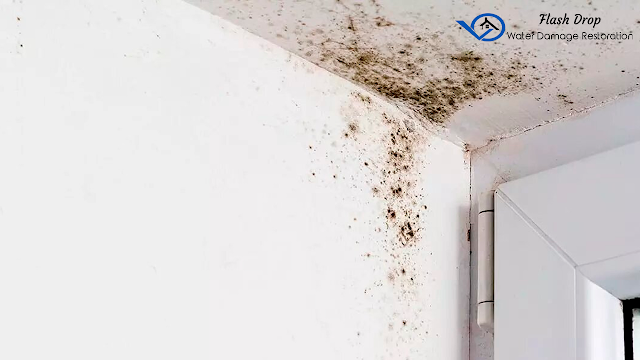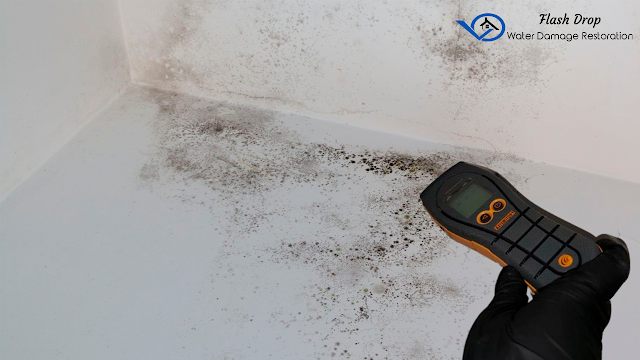Effective Moisture Control Techniques in Flood Restoration

Flood restoration is a complex process that demands meticulous attention to moisture control. Effective moisture management is essential to prevent secondary damage like mold growth, structural deterioration, and poor indoor air quality. Here are some key moisture control techniques used in flood restoration: 1. Initial Water Extraction The first and most crucial step in moisture control is the immediate extraction of standing water. This is typically done using powerful, industrial-grade water pumps and vacuums. Prompt removal of water helps minimize the absorption of moisture into walls, floors, and furniture, setting the stage for more effective drying. 2. Use of Dehumidifiers Dehumidifiers play a vital role in flood restoration by removing moisture from the air. By maintaining a dry environment, dehumidifiers help accelerate the drying process of structural elements and personal property. They are particularly effective in enclosed spaces where natural drying is limited. 3. Air M





